Neo kumfurt Robocard PIMOBENDAN & BENAZEPRIL PALATABLE TABLETS
₹1,945.00
- Description
- Additional information
- Reviews (0)
Description
The combination of Robocard and other anti-hypertensive agents (e.g. calcium channel blockers, ß- blockers or diuretics), anaesthetics or sedatives may lead to additive hypotensive effects. Renal function and signs of hypotension (lethargy, weakness, etc) should be monitored closely and treated as necessary.
Interactions with potassium-sparing diuretics such as spironolactone, triamterene or amiloride cannot be ruled out. It is therefore recommended to monitor plasma potassium levels when using Robocard in combination with a potassium sparing diuretic because of the risk of hyperkalaemia
A small number of dogs may exhibit transient vomiting, incoordination or signs of fatigue. In dogs with chronic kidney disease, benazepril may increase plasma creatinine concentrations at the start of therapy. A moderate increase in plasma creatinine concentrations following administration of ACE inhibitors is compatible with the reduction in glomerular hypertension induced by these agents, and is therefore not necessarily a reason to stop therapy in the absence of other signs.
The safety of Robocard has not been tested in breeding, pregnant or lactating dogs.
Do not use in cases of hypertrophic cardiomyopathies or clinical conditions where an augmentation of cardiac output is not possible for functional or anatomical reasons (e.g. aortic or pulmonary stenosis).
Do not use in cases of hypotension, hypovolaemia, hyponatraemia or acute renal failure.
In cases of chronic kidney disease, it is recommended to check the dog’s hydration status before starting therapy, and to monitor its plasma creatinine and blood erythrocyte counts during therapy.
As pimobendan is metabolised in the liver, the product should not be administered to dogs with severe hepatic insufficiency
The efficacy and safety of the product has not been established in dogs below 2.5 kg bodyweight or under 4 months of age.
A moderate positive chronotropic effect and vomiting may occur in rare cases. However, these effects are dose-dependent and can be avoided by reducing the dose in those cases.
After the oral administration of Robocard tablets at twice the recommended dose to dogs, peak levels of both compounds are aƩained rapidly (Tmax 0.5 h for benazepril hydrochloride and 0.85 h for pimobendan) with peak concentrations (Cmax) for benazepril hydrochloride of 35.1 ng/ml and 16.5 ng/ml for pimobendan. Peak benazeprilat levels are seen after 1.9 h with peak concentrations (Cmax) of 43.4 ng/ml
The plasma elimination half-life of pimobendan when dosed with Robocard tablets is 0.5 h, consistent with the high clearance of the compound. The main active metabolite of pimobendan is eliminated with a plasma elimination half-life of 2.6 h. Pimobendan is excreted principally in the faeces and to a lesser extent in the urine. The plasma elimination half-life of benazepril hydrochloride and benazeprilat, when dosed withRobocard tablets is 0.36 h and 8.36 h, respectively. Benazeprilat is excreted via the biliary (54%) and urinary (46%) routes in dogs. The clearance of benazeprilat is not affected in dogs with impaired renal function; therefore no adjustment of the Robocard dose is required in dogs with renal insufficiency.
Additional information
| Brand | |
|---|---|
| Quantity |
Only logged in customers who have purchased this product may leave a review.





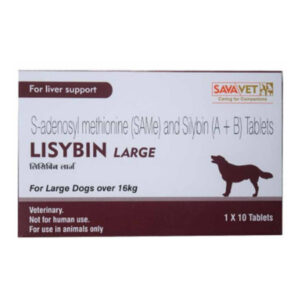
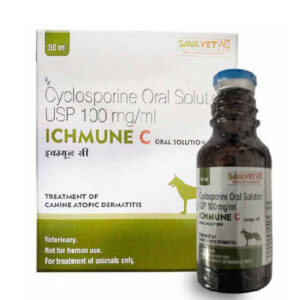
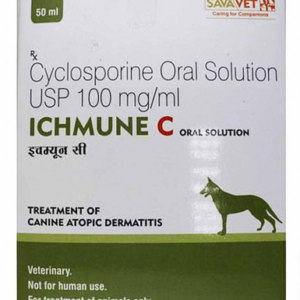
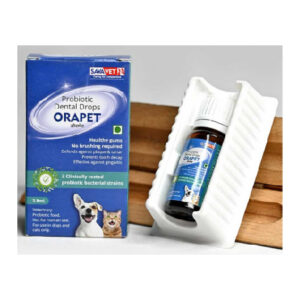
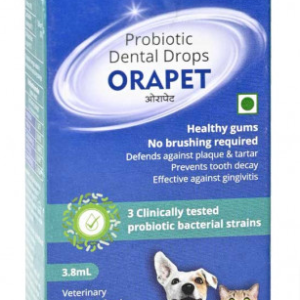

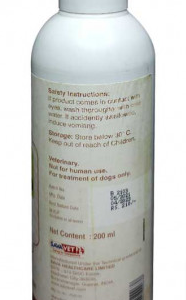
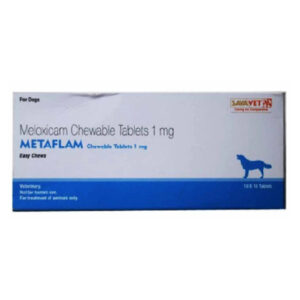
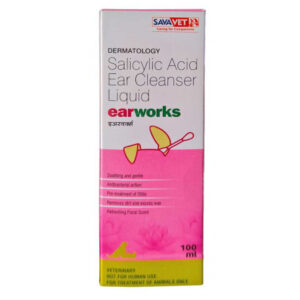

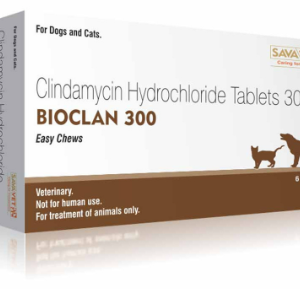

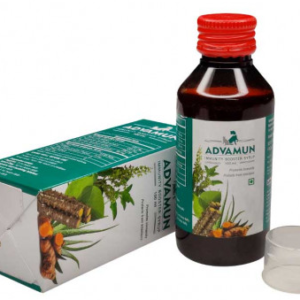
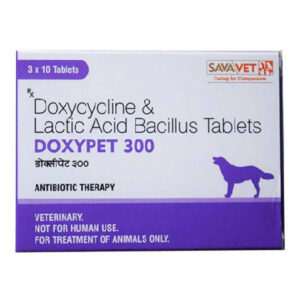
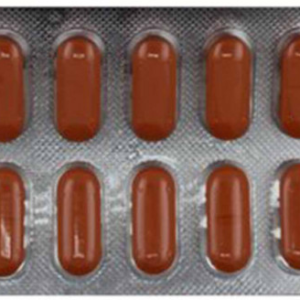
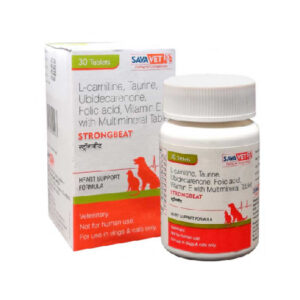
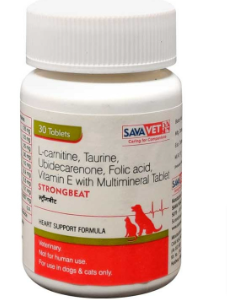
Reviews
There are no reviews yet.